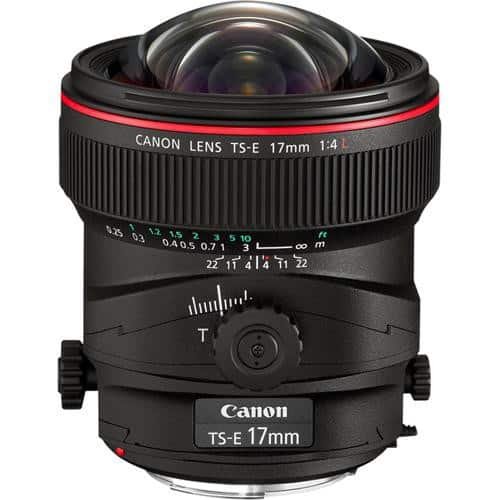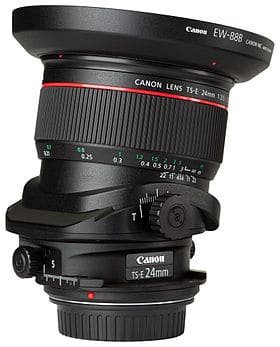If you are an Architectural Photographer or a Real Estate Photographer you might hear about TS (Tilt-Shift Lens) is the lens that most professional photographers use.
In this article, I am going to explain a little bit about what it is, how to use it, and why it’s our to-go lens for most of our work.
Table of Contents
What is a Tilt-Shift Lens?
A tilt-shift lens (TS) has optical elements inside that allow you to tilt (backward/forwards) and shift (left, right, up, and down) the elements to cover a wider area.
Most of those lenses if not all are manual focus and don’t offer, if not all are manual focus and don’t offer, IS (image stabilization) provides many benefits for the technical photographer including still life and product photography beyond the architecture and real estate common use.
The tilt function provides a greater depth of field or a narrow one.
While the shift allows you to use the optics and mirrors to simulate a movement of the camera without actually moving it.
What is a Tilt Function
The Tilt is meant for changing the depth of field and focus when the optics are not parallel to the sensor.
When shifting the Lense this will change the position of the sensor allowing you to choose the depth of field (focus) area which is more common in the “miniature images” of cities.
This allows you to have a wider range of focus in the camera or selectivity a focus area and leave the rest out of focus.
What is a Shift Function
This is what we use when photographing architecture and design mainly.
It allows you to optically shift (move) the lens and allows you to photograph without converging verticals (preserving the lines straight) as opposed to when capturing an image looking up or down and one side is bigger while the other side of the frame getting smaller.
How Do You Use a Tilt-Shift Lens?
Once you balanced the camera to be straight, you can use the knobs to change the tilt and shift to accommodate your needs.
One knob will move it left or right while the other will move it up and down. You can also have the option to flip the elements and go vertical and horizontal at the same time.
Pushing the element up or down with another knob will affect the tilt function and will impact the focus and depth of field.
What are Some Other Uses of Tilt-Shift Lens?
You can create a panorama easier without moving the camera by shifting to the left, taking a picture, and moving this in steps towards the other side.
This can help you create a perfect panorama image within seconds without losing the surroundings due to moving the camera itself.
Create the Impossible Angles
This lens can be useful for many complicated and impossible camera angles like when you have a mirror in front of you.
You can position the camera outside of the mirror reflection and shift the lens to the right or left to make it look like you are standing in front of the mirror.
This is also great when photographing tall buildings, in previous days for shooting a 40 story building you would have to find a building that you can take a picture of from the 20 floors to make sure the building is straight (you are in the middle).
With TS Lens if you go back enough, you can shift up the element and get the entire building in one frame while the camera is still positioned forward and parallel to the ground.
Conclusion
TS lenses are great for many technical imagery needs, while they are manually and without stabilization, they offer many pictures that can’t be taken otherwise.
While you can correct distortions in post-production in reality you are not fixing them, you are stretching the image to make it look correct, and this can be done only slightly before the image will look strange.
If you want to learn more about the cameras and lens we use or other gear and equipment make sure to read out other blog posts.




